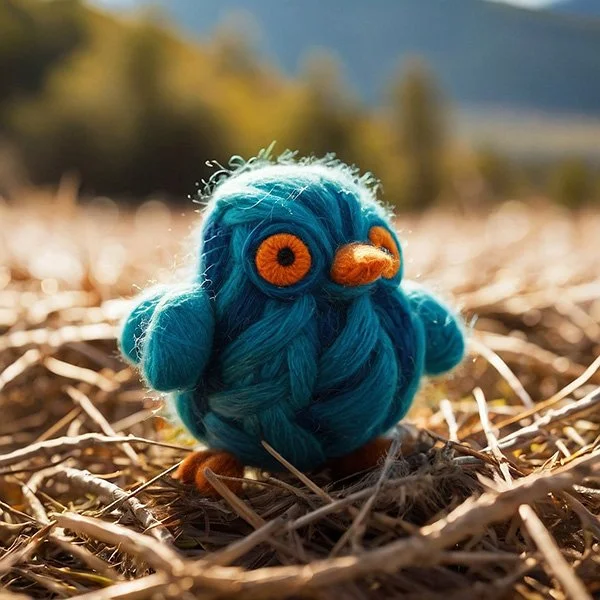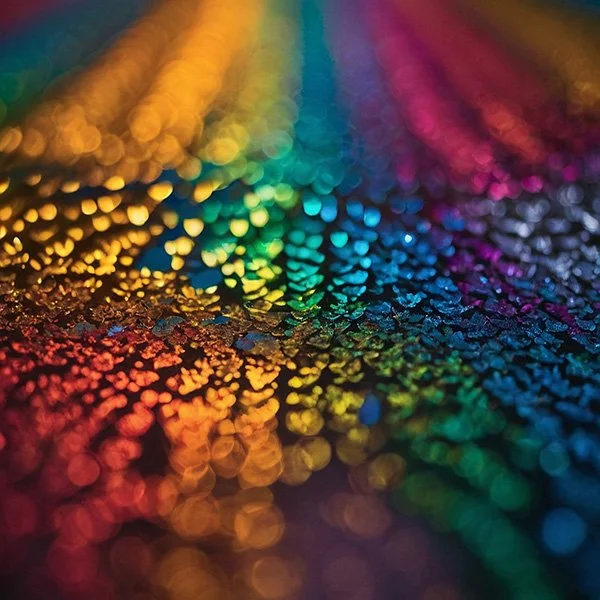Fashioning the Future
The Rise of Eco-Innovative Materials Transforming the Fashion and Design Industry
In a time where sustainability is not just a buzzword but a necessity, the fashion and design industries are increasingly turning towards innovative materials that promise a smaller environmental footprint without compromising on quality or aesthetics.
This exploration dives into three pioneering materials that are redefining sustainability in the textile sector. Each material, with its unique properties and applications, demonstrates the industry's shift towards more eco-friendly and responsible practices.
Modern Synthesis - Pioneering Sustainable Leather Alternatives
The fashion industry's quest for sustainable materials has led to the development of innovative alternatives to leather, one of the most impactful being Modern Synthesis. This material, created through a collaboration between the British startup Modern Synthesis and Danish fashion brand Ganni, offers a plastic-free alternative to traditional leather, with the potential to generate significantly fewer greenhouse gas emissions. Produced by bacteria grown on a substrate and fed with waste sugar, the resulting nanocellulose mimics the properties of cowhide leather while being entirely biodegradable.
Modern Synthesis not only addresses the environmental issues associated with livestock farming and leather production but also presents a viable solution for reducing waste in the fashion industry. By utilizing byproducts from other industries, this material showcases the potential of circular economy principles in creating high-value, sustainable materials. The commercialization of Modern Synthesis, exemplified by Ganni's Bou Bag, highlights the growing demand for eco-friendly alternatives in the fashion industry, paving the way for more responsible consumption and production practices.
Flocks Wobot - Revolutionizing Wool Use through Robotics
The Flocks Wobot, developed by Christien Meindertsma in collaboration with Tools for Technology, represents a significant leap in sustainable material technology by introducing a novel way to utilize wool in three-dimensional forms. Traditionally, wool has been a staple of the textile industry, valued for its warmth, durability, and flexibility. However, Meindertsma's project transcends conventional uses, harnessing robotic technology to 3D print wool into various shapes and objects.
This technology not only offers a sustainable avenue for using wool but also addresses the issue of wool waste. By recycling wool offcuts and blending them with natural wool, the Flocks Wobot produces colored materials for printing. The potential applications are vast, ranging from furniture design, as showcased in a robot-printed sofa at the V&A Museum, to eco-friendly packaging solutions that could replace fossil-based materials.
The initiative signals a move towards circular economy principles within the industry, reimagining waste as a resource and leveraging advanced technology to minimize environmental impact.
Local Colours by Loop Loop - Plant-Based Aluminum Dyeing
Innovation in sustainable materials also extends to the realm of metal treatment, as demonstrated by the Dutch design studio Loop Loop with their "Local Colours" project. This initiative presents the world's first plant-based aluminum dyeing process, using bio-based pigments derived from natural sources such as madder root and red onion. By adapting the traditional anodizing process, which typically uses electric currents to oxidize the metal surface, Local Colours introduces a water-based pigment solution for coloring aluminum.
This groundbreaking method not only reduces reliance on petroleum-derived dyes but also offers a more environmentally friendly alternative to metal coloring processes. The use of natural pigments not only minimizes toxic chemical use but also promotes biodiversity by encouraging the cultivation of dye-producing plants. The implications for the fashion and design industries are significant, offering new possibilities for sustainable accessories and components that prioritize both aesthetic appeal and environmental responsibility.
These three materials illustrate the innovative spirit towards sustainability in the fashion and design industry.
From robotic wool printing and plant-based metal dyeing to sustainable leather alternatives, each material offers a glimpse into a future where environmental responsibility and material innovation go hand in hand.
The shift towards sustainable materials in the fashion and design industry is not just about mitigating environmental impact but also about reimagining the possibilities of design and production.
As these innovative materials demonstrate, the path to sustainability is paved with creativity, ingenuity, and a deep respect for the natural world.
By embracing these alternatives, the fashion industry can take significant strides towards a more sustainable and environmentally responsible future.



